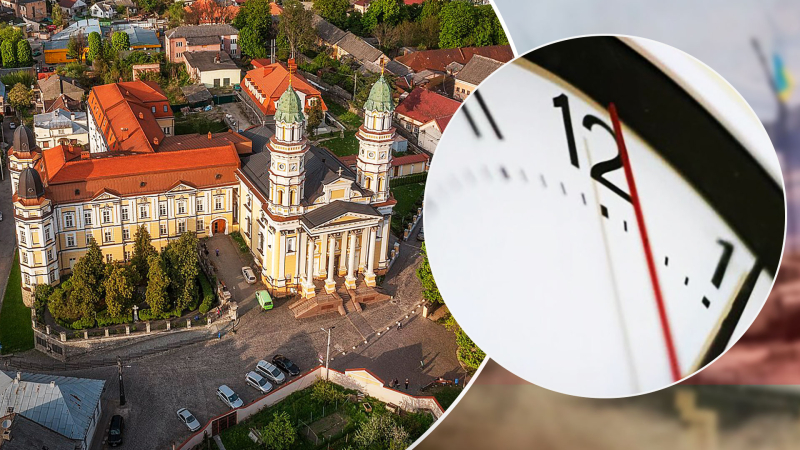
The Transcarpathian region became a refuge for many internally displaced persons who fled from shelling from other regions of Ukraine in the first days of the war . Since the beginning of the full-scale invasion, Transcarpathia remains the only region where there is no curfew. Also in Transcarpathia, the least alarms sounded. How the region lives in the conditions of war – further in the material.
The first alarm in Transcarpathia
The Russian invasion began on February 24, and on that day alarms were sounded in all regions, except for Transcarpathia, writes Channel 24. The first alarm in Transcarpathia sounded on the night of March 12 and lasted more than 2 hours.
Except for the Kherson and Lugansk regions, the territory of which was occupied by the Russians, then Transcarpathia was declared the least air raid alert. As of August 25 – 140 times. Chernivtsi region is the closest in this parameter to Transcarpathia, where the alarm was announced 155 times.
Now the Chernivtsi region remains the only one where Russia did not carry out missile strikes. In the first days of the war, Lviv region and Ivano-Frankivsk region suffered, but not Transcarpathia and Bukovina.
In Transcarpathia, the Russians launched one missile strike. On May 3, the invaders hit one of the railway substations near Volovets, which practically borders on the Lviv region.
Despite the fact that the Russians did not shell the Chernivtsi region, there is still a curfew there.
< h3>Restrictions in the early days of the war
The Transcarpathian region was one of the first in Ukraine to ban the sale of alcohol. The corresponding ban came into force in Uzhgorod on February 28.
On March 1, retail trade in alcohol and alcohol-based substances was banned in Transcarpathia. And already on March 15, restrictions were eased, after which they were canceled altogether.
At the same time, in other regions of Ukraine, restrictions on the sale of alcohol were in effect for a long time. For example, in Lviv, only in early June, they allowed the sale of all types of alcohol from 12:00 to 21:00.
In Transcarpathia, they decided to impose restrictions on alcohol during August 24-28 . They decided to ban the retail sale of alcoholic, low-alcohol drinks and alcohol-based substances from 22:00 to 8:00.
Transcarpathia is the only region where there is no curfew
Transcarpathia is still the only region where a curfew has not been introduced. Consequently, pharmacies, shops, supermarkets, etc. operate in the region.
Once a curfew in Transcarpathia was introduced on Easter night and it lasted 6 hours.
Head of the Transcarpathian OVA Viktor Mykyta Comments The BBC explained that in the early days of the war, the operational situation in the region was studied in detail. According to him, everything pointed to the fact that there is no need to restrict the movement of people at night.
Viktor Mykyta convinces that nightclubs do not work in Transcarpathia and emphasizes that entertainment is on the conscience of each individual.
Miroslav, a resident of Uzhgorod, in a conversation with 24 channel said that at night the city is almost empty, although some pubs are open until 12 at night. He explains that many men from the region left to defend Ukraine at the front. Also, a significant part of the inhabitants of Transcarpathia work abroad, in particular, in the Czech Republic.
Miroslav noted that some people do not go at night, because they want to avoid meeting with law enforcement officers. This applies to men liable for military service who are handed subpoenas.
The boom of agendas in Transcarpathia
The Transcarpathian region borders four countries at once – Hungary, Slovakia, Poland and Romania. In the first days of the war, there were queues of several kilometers at checkpoints.
On February 27, a Channel 24 correspondent was returning to Ukraine from Hungary through the Kosino-Barabash checkpoint. Then, in the direction of Hungary, many men of military age (18-60) left in cars with Ukrainian license plates.
Some of the men really had the right to leave, including three children. But, as the border guards hinted in a personal conversation, a significant part of the people have two passports – Ukrainian and Hungarian. It was the Hungarian passport that allowed them to leave Ukraine without hindrance.
Also, the Transcarpathian region became one of the first where subpoenas were handed in large numbers. Videos have repeatedly appeared on the network of how conscripts are trying to hide from law enforcement officers. Local resources wrote that the subpoenas were handed out in recreation pools and even in the mountains.

